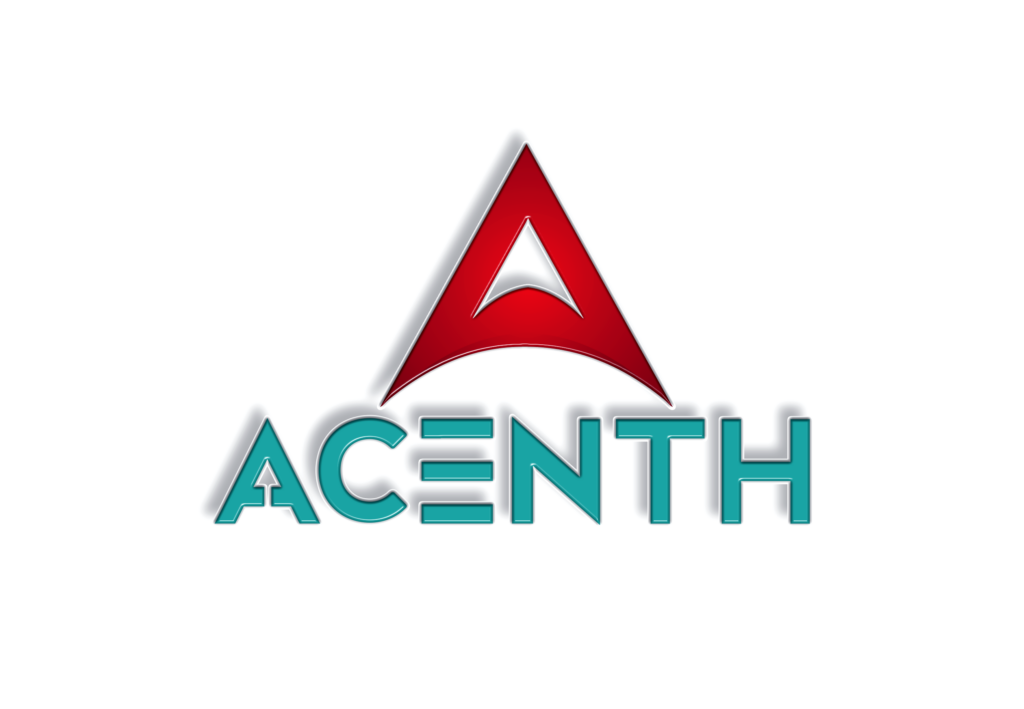In today’s complex healthcare landscape, effective risk management within regulatory services is more critical than ever. For healthcare professionals and organizations like Acenth, a Clinical Research Organization (CRO) operating across the USA and China, managing risks is fundamental to ensuring compliance, maintaining patient safety, and upholding the integrity of clinical trials and medical products. This guide explores the nuances of risk management in regulatory services, offering practical insights for practitioners.
Understanding the Scope of Risk Management in Regulatory Services
Risk management in regulatory services encompasses a broad range of activities to identify, assess, and mitigate risks associated with medical products and clinical research. These risks can range from non-compliance with regulatory standards to safety concerns that could emerge during or after clinical trials. For healthcare professionals involved in these processes, understanding the scope of risk management is essential to safeguarding both patient welfare and the credibility of their research.
In the USA and China, regulatory bodies such as the FDA and the NMPA (National Medical Products Administration) have established stringent guidelines to ensure that risks are systematically managed throughout a product’s lifecycle. This includes pre-market assessments, post-market surveillance, and ongoing monitoring of manufacturing practices. For Acenth, operating in these markets requires a deep understanding of both local and international regulations to manage and mitigate risks effectively.
Key Elements of Risk Management
- Risk Identification and Assessment
The first step in risk management is identifying potential risks that could impact a medical product’s safety, efficacy, or compliance. This involves a thorough analysis of all stages of product development, from initial research to post-market activities. This means being vigilant about potential safety signals, adverse events, and regulatory non-compliance issues for healthcare professionals. In both the USA and China, rigorous risk assessment protocols are required to anticipate and address any risks that could affect patient outcomes or product integrity. - Risk Mitigation Strategies
Once risks are identified, the next step is to develop strategies to mitigate these risks. This could involve modifying clinical trial protocols, enhancing monitoring processes, or implementing additional safety measures. For Acenth, risk mitigation is a dynamic process that requires continuous evaluation and adjustment. In the regulatory environments of the USA and China, proactive risk mitigation is not only a best practice but a necessity to maintain compliance and protect patient safety. - Regulatory Compliance and Documentation
A crucial component of risk management is ensuring compliance with all relevant regulations. This includes maintaining accurate and comprehensive documentation of all risk management activities. For healthcare professionals, this means adhering to regulatory requirements such as Good Clinical Practice (GCP) guidelines enforced by both the FDA and NMPA. At Acenth, maintaining meticulous records of all risk management activities is essential to demonstrate compliance and meet all regulatory obligations. - Risk Communication and Training
Effective communication is key to successful risk management. This involves internal communication within the organization and external communication with regulatory bodies, healthcare professionals, and patients. Regular training and updates on risk management practices are also crucial for healthcare professionals involved in regulatory services. In both the USA and China, clear and transparent communication with regulators and stakeholders is vital to maintaining trust and promptly addressing any potential risks. - Continuous Monitoring and Improvement
Risk management is not a one-time activity but an ongoing process that requires continuous monitoring and improvement. This includes regularly reviewing risk management plans, conducting audits, and updating protocols. For Acenth, operating in the rapidly evolving healthcare markets of the USA and China, staying ahead of regulatory changes and emerging risks is essential to maintaining compliance and ensuring the safety of medical products. Continuous monitoring allows for early detection of potential issues and enables swift corrective action.
The Role of Technology in Enhancing Risk Management
Technology plays a critical role in modern risk management practices. Advanced analytics, artificial intelligence (AI), and machine learning are increasingly used to enhance risk identification, assessment, and mitigation processes. In the USA, integrating these technologies into regulatory services allows for more accurate and efficient risk management, while in China, AI-driven tools are becoming integral to regulatory compliance and safety monitoring.
Leveraging these technological advancements can lead to more informed decision-making and improved patient outcomes for healthcare professionals. Acenth’s adoption of state-of-the-art risk management tools ensures that they can provide healthcare providers in the USA and China with the support they need to navigate the complexities of regulatory compliance and risk mitigation.
Challenges in Risk Management
Despite the advancements in risk management practices, several challenges remain. One of the primary challenges is the ever-changing regulatory landscape, particularly in regions like the USA and China, where regulations can be stringent and subject to frequent updates. Keeping up with these changes requires constant vigilance and adaptability.
Another challenge is integrating risk management practices across global operations. For Acenth, managing risks in a multinational environment involves understanding and complying with each market’s unique regulatory requirements while maintaining a consistent approach to risk management. This can be particularly challenging when dealing with complex products that require harmonized risk management strategies across different regions.
Opportunities for Improvement
While challenges exist, they also present opportunities for improvement. One such opportunity lies in standardizing risk management practices across global operations. Organizations like Acenth can streamline their processes and ensure consistency in managing risks, regardless of the market, by adopting a unified approach to risk management.
Another opportunity is the increased use of real-world data in risk management. By incorporating data from real-world settings, healthcare professionals can gain deeper insights into how products perform outside of controlled clinical trials, allowing for more accurate risk assessments and more effective mitigation strategies.
The Future of Risk Management in Regulatory Services
As the healthcare industry continues to evolve, risk management’s role in regulatory services will become even more critical. For healthcare professionals, staying ahead of these changes requires a commitment to continuous learning and adaptation. In the future, we can expect to see even greater technology integration into risk management practices, with AI and big data playing increasingly important roles in identifying and mitigating risks.
For Acenth, the future of risk management is about more than just compliance; it’s about leading the way in patient safety and product innovation. By continuously improving their risk management practices and staying at the forefront of regulatory changes, they can ensure that healthcare professionals in the USA and China have the tools and support they need to navigate the complexities of regulatory services.
Sources:
- Davis, C., & Abraham, J. (2013). The Role of Risk Management in Regulatory Services. Journal of Medical Regulation.
- Zhang, Y., & Wang, J. (2020). Challenges and Opportunities in Risk Management for Global Clinical Trials. Regulatory Affairs Journal.
- Johnson, M. H., & Lee, S. K. (2018). Technology-Driven Risk Management: Enhancing Compliance in Regulatory Services. International Journal of Health Policy and Management.





















